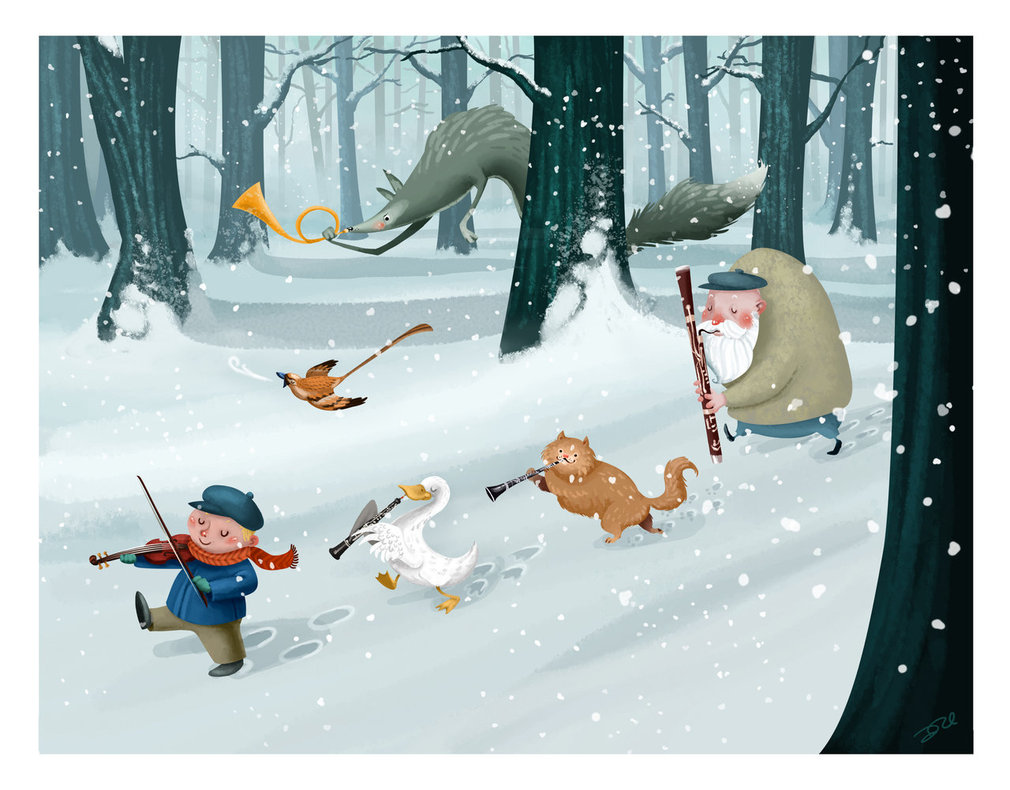Last week's CCB rehearsal got me thinking about all of my ensemble experiences and in particular the way I felt sitting in the flute section of any given ensemble. I feel as though I have spent most of my life just "sitting" in the section rather than actually being a member of the section. What I mean is that I was there physically, but my mentality and preconceived notions on how I should behave kept me from fully integrating myself into the group. Up until graduate school I was uptight and closed off from building relationships with my flute peers. This sounds awful, and it somewhat is, but it is more normal than you might think. I wasn't mean or rude, but I didn't always go out of my way to get to know anyone who wasn't immediately to my left or, more preferably, to my right.
I may have missed out on relationships that I could still have now and relationships that could have made me an even better flutist. It is not that I want to be best friends with every flute player, but I want to know them and I want them to know me. I didn't talk much during rehearsal, which is not a bad thing. In fact, if more people would stop talking during rehearsals groups could get more done. Talking, unless it directly pertains to rehearsal, is for breaks and time outside rehearsal. Okay, mini rant over. Back to the topic at hand. When I say I didn't talk much, I mean, not really at all. I probably couldn't name most of the people I have played with over the years even if you showed me their picture.
At my first University Philharmonic rehearsal in grad school, I sat down and pulled out my flute, warmed up, and then sat there until Maestro began rehearsal. Except that this other flute player, who will remain nameless (although anyone who has played with them probably knows who they are), sat down next to me and as they put their flute together they turned to me, introduced themselves, and started talking to me about, really, random things. They were so chill and so comfortable being in rehearsal. The funny thing is that I didn't realize how uncomfortable I was in rehearsals until I realized how comfortable they were. And I became instantly jealous. Why couldn't I be that chill and relaxed? Was I so uptight that I was alienating my peers? (Yes, I was.)
The more I played with this flutist, the more I began to relax and enjoy rehearsing with the people around me. I started to know other flute players in my section. They challenged me and pushed me because some of them had the nerve to be better than me in various aspects of flute playing. And I realized that this was the best situation. When I think back to high school band I remember how tense I always was in rehearsal because I rather disliked the other talented flute player in the band. Yes, she made me work hard because I wanted to beat her in reseatings, desperately, but I missed out on improving in a far healthier manner. We probably still wouldn't have been best friends because of her mentality, but I would have been happier.
So, finally, back to CCB rehearsal. I can name everyone in the front row of the flute section. I am not sure I can say the same for the back row. And that makes me feel horrible. Fortunately, some of us in the front row have been considering coming an hour early for rehearsal and playing quartets and flute choir music (depending on the number of people that show up). This is exciting because I love playing music in any ensemble setting. But I am also hoping to get to know the flutists I play with in band better. Some of them have been in the band for a decade and this is only my second year. I want to know them and I want them to know me.
Besides, a flute section that plays together [outside of rehearsal], plays together [better]. :)





